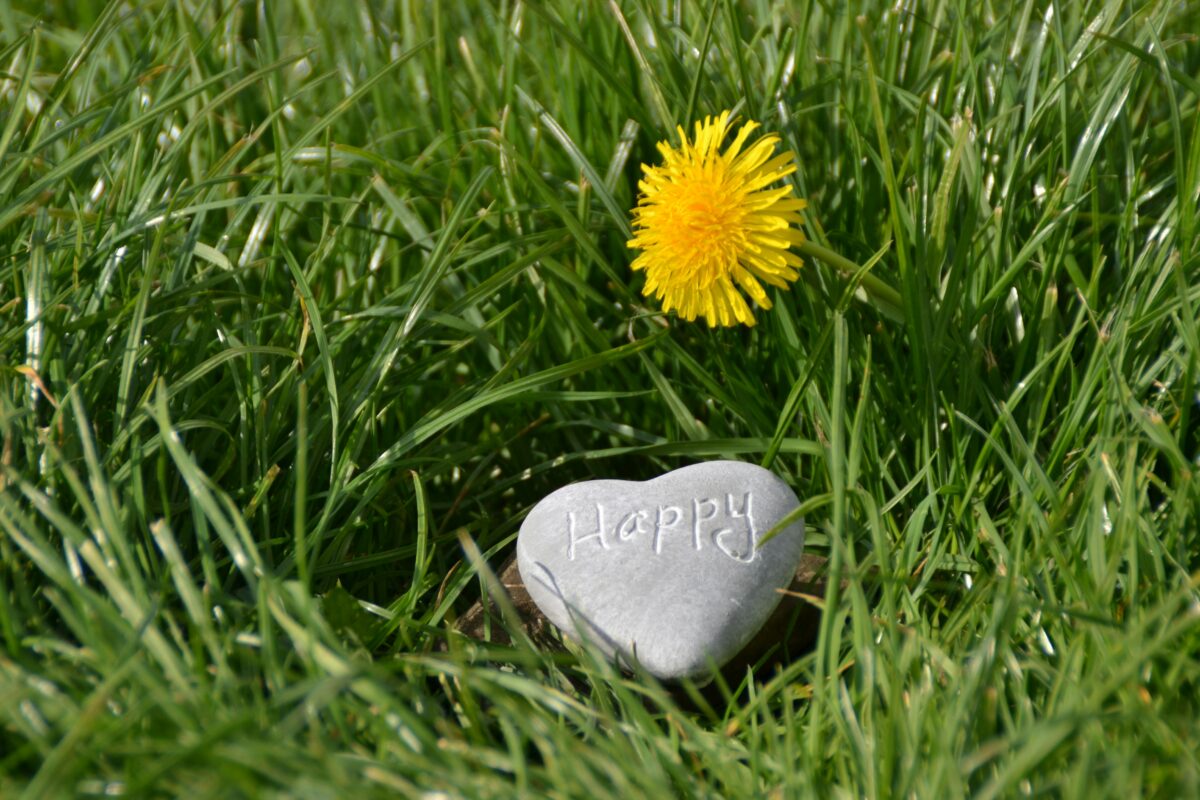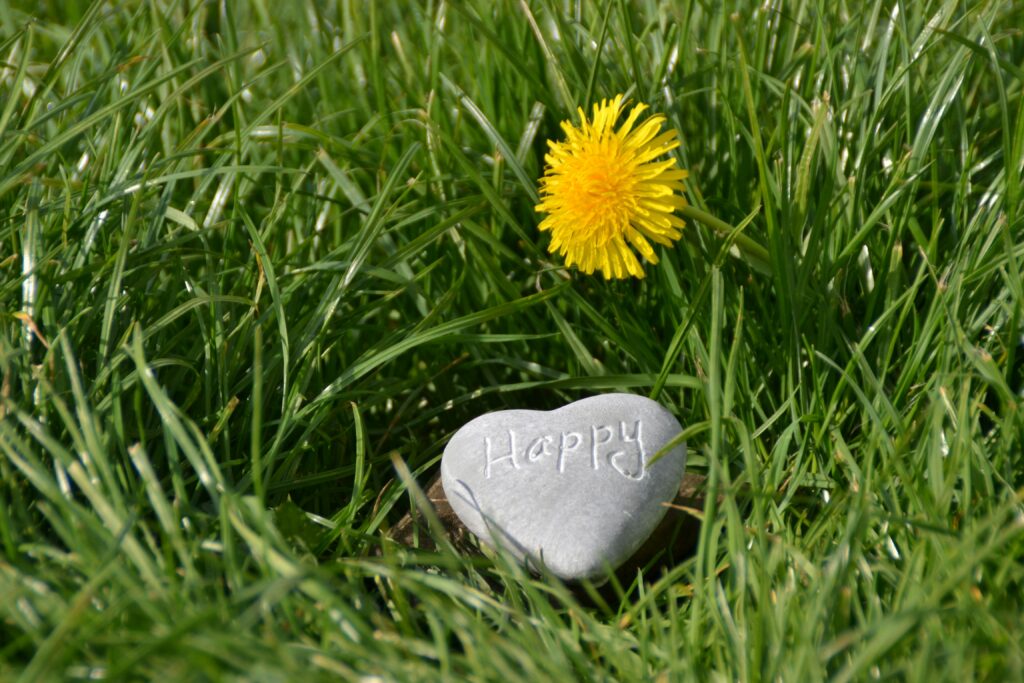
9 tools for building resiliency and happiness.
Table of Contents
Resiliency is the capacity to withstand and to recover from difficulties.
Happiness is a combination of enjoyment, satisfaction, and purpose.
Building your resiliency can lead to greater satisfaction in life and aid in the process of creating overall happiness.
Mindset shift for building resiliency and happiness.
Mindset is a big component to building resiliency and happiness. Use the pain in life as an opportunity for growth. Unhappiness can help you learn and improve. Changing your mindset can help to recover more quickly from difficulties, and it can create a purpose to work towards growth and achievement.

Change the perception of your past. If you look back on your past and see a bunch of downfalls, places where you fell short, all the bad things that have happened to you, then chances are you are not living up to your potential in resiliency and happiness.
We cannot change what happened in the past, but we can change how we view the past. Start looking at those pieces of your past as learning opportunities and growth potential. Create purpose out of the pain and work towards making meaning out of your past.
Negativity destroys resiliency and happiness.
Negative emotions are essential to our survival. They can help keep us alert to danger and away from harm. The problem is sometimes they morph into cynicism, and resiliency and happiness cannot compete with cynicism.
Emotional regulation for building resiliency and happiness.
Emotional regulation can increase happiness. Emotional regulation can prevent those negative emotions from building and morphing into cynicism. If you missed my post on emotional regulation, you could read it here.
Without emotional regulation you learn to distract with unhelpful things such as money, social media, substances, sex, relationship jumping, etc. which can lead to feeling a lack of purpose, satisfaction, and enjoyment.

You can’t choose your feelings but you can choose your reactions to your feelings. When you are faced with pain, acknowledge the feeling, but focus on action. What can you do to help alleviate the feeling? Can you do something about the situation, or do you need to find a helpful grounding or coping skill to regulate? Acting on your emotions can help you feel more in control and aide in recovery from difficult situations.
Tools for building resiliency and happiness.
Watch funny videos or movies. Consuming humor can help block negative effects. It can increase feelings of happiness and joy.
Make a gratitude list. Shift your focus to the good in life and the things you must be thankful for. This can reduce negative feelings and shows the positives that have come from difficult times.
Make a list of positive memories. Positivity is linked with self-esteem, optimism, and life satisfaction. It also decreases depression, anxiety, and stress.

Do good deeds for others. Research found higher sense of well-being when you help others.
Deepen your relationships with friends and family. Having strong relationships promotes a stronger resilience to adverse situations and increases life satisfaction and enjoyment.
Balance home and work life. Do not spend all your time at work. Make sure you have a balance between work, family time, and personal hobbies/activities.
Practice meditation and mindfulness. Regular practice of mindfulness and meditation can help reduce levels of stress, anxiety, and depression. Reduce social media. Research has shown that social media is linked to higher rates of depression, anxiety, stress, and increased low self-esteem. Stop judging everything. Practice observing the world without assigning the label of good or bad.
